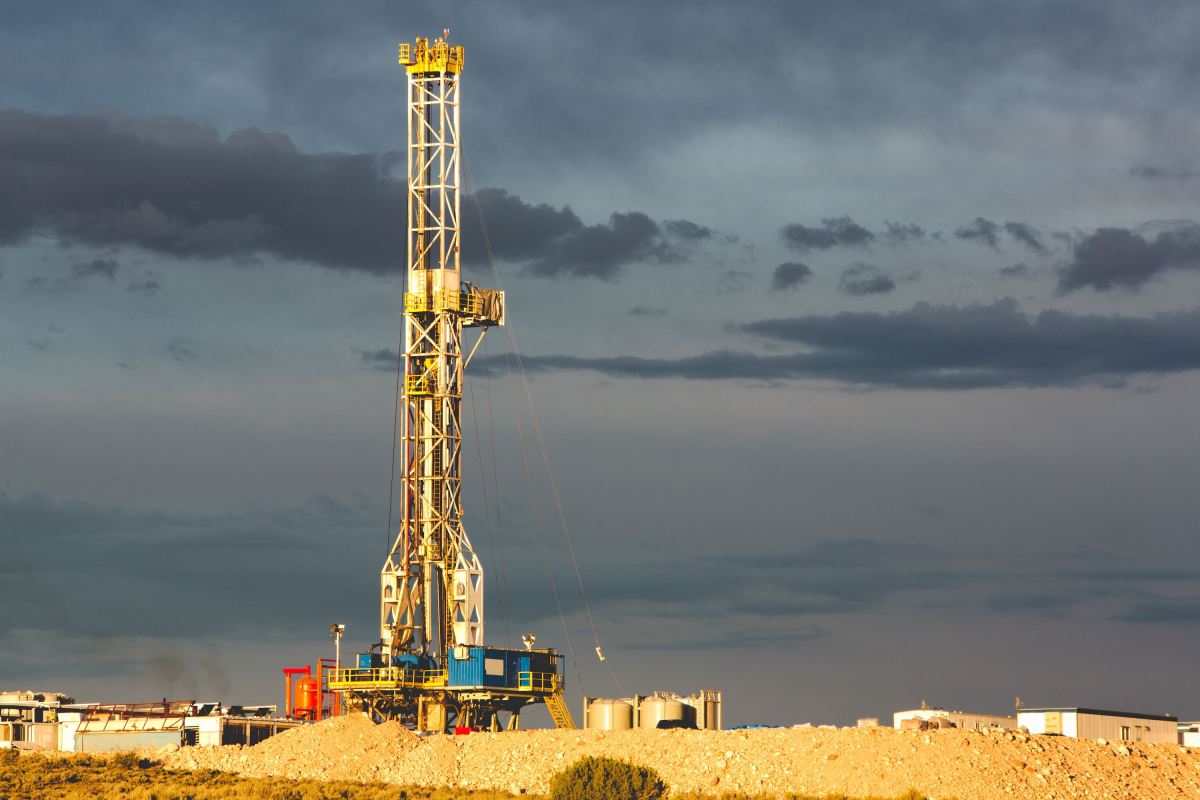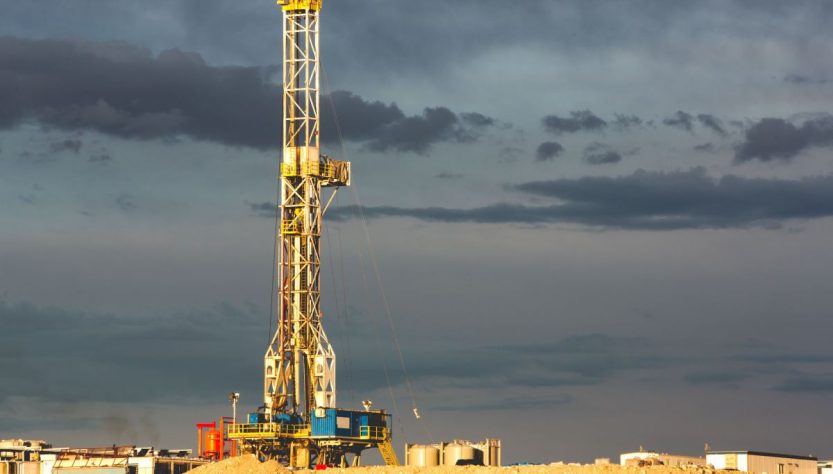
Rodatherm Energy, a fresh geothermal venture, surfaced from stealth mode on Monday with $38 million in investment and a vision to establish a pilot facility in Utah.
The startup sets itself apart by utilizing a closed loop in its boreholes, likely constructed from steel and filled with a refrigerant. This differs from other enhanced geothermal firms, which typically employ water to transfer heat from the Earth’s depths.
The Series A funding round was spearheaded by Evok Innovations, with contributions from Active Impact Investments, Giga Investments, Grantham Foundation for the Protection of the Environment, MCJ, TDK Ventures, Tech Energy Ventures, and Toyota Ventures.
Rodatherm contends with strong competition from a well-established roster of players, such as Fervo Energy, Sage Geosystems, XGS Energy, and Quaise.
Fervo is regarded as the leader in this arena, having secured nearly $1 billion. The company is set to finish a 100-megawatt initial phase of its Cape Station power plant next year, with an extra 400 megawatts slated to come online in 2028. It also has an agreement to provide electricity to Google for its data centers. XGS Energy has a similar arrangement with Meta, developing a 150-megawatt power plant in New Mexico to supply energy for the tech firm’s data centers.
Rodatherm asserts that its refrigerant-based, closed-loop technique is 50% more efficient than conventional water-based systems. Air-source heat pumps, often referred to as minisplits, utilize hydrocarbon-based refrigerants to transfer heat between indoor and outdoor environments.
The startup’s patent on the innovation indicates that the closed-loop configuration will eliminate the need for filters to catch grit and debris that open-loop systems could draw up as water flowing underground dislodges rock particles. It also claims that the closed-loop system will reduce water consumption.
Techcrunch event
San Francisco
|
October 27-29, 2025
However, Rodatherm’s method will likely incur higher drilling and installation expenses compared to simpler systems. There’s a chance that the enhanced efficiency of its refrigerant-based design could balance out these costs, though this question remains open until the company completes a well.
The company intends to utilize the Series A funding to build a small pilot 1.8-megawatt plant in Utah, projected to be finished by the end of 2026. Utah Associated Municipal Power Systems aims to purchase electricity generated by the project.

